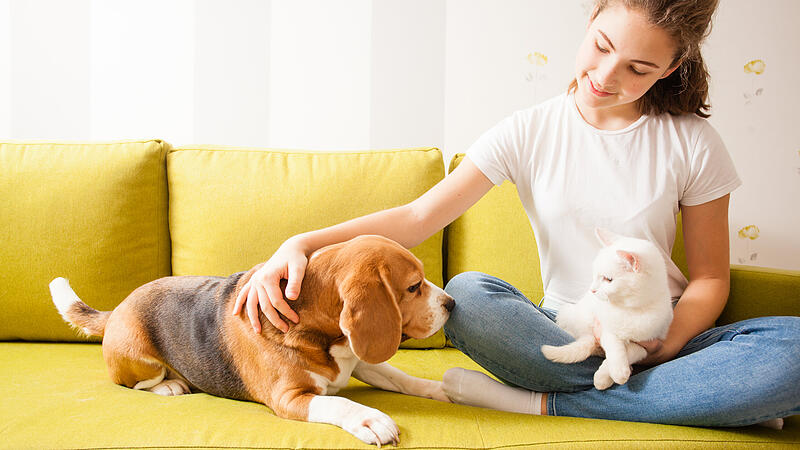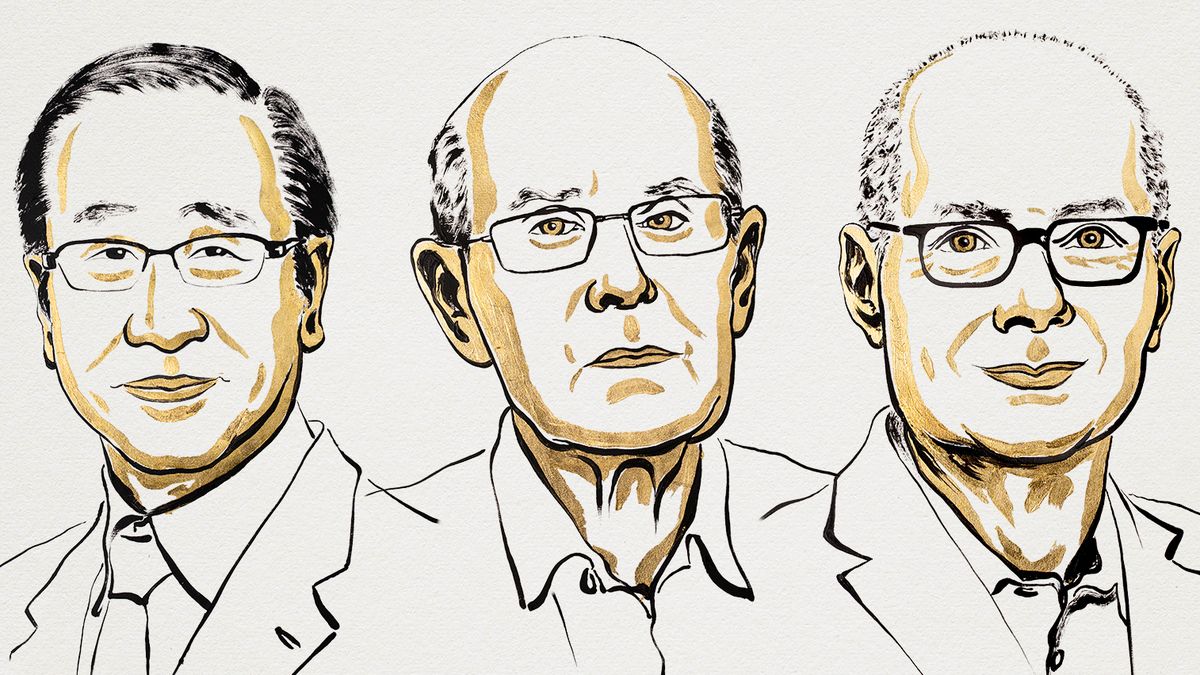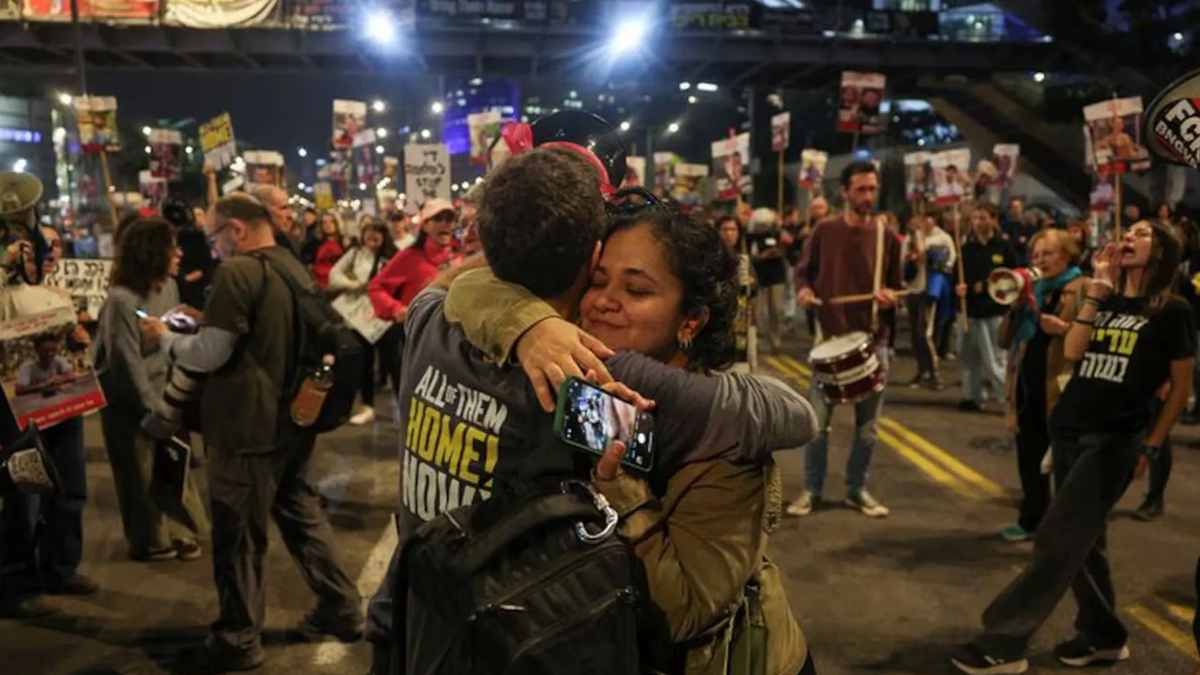Around the 10th millennium BC, the human-animal relationship began to change radically for the first time. Around the same period in which humans first deliberately cultivated plants, they also tamed the first animals. They learned how to subjugate aurochs, wild sheep, goats and chickens and harness them for their purposes. Some researchers even see them as development workers for civilization. According to the US biologist Jared Diamond, agriculture and culture in Europe and Asia developed much faster than elsewhere because there were many different animals that could be tamed and then bred.
Around the 9th millennium BC, people also learned to appreciate their power. The cow became the first draft animal in history. Soon they also had to carry people. Thanks to them, you were not only stronger, but also faster.
livestock and domestic animals
New areas of application emerged in the Middle Ages. Dogs and pigs acted as effective rubbish chutes in the cities, where more and more people lived together in a small space. Cats were valued as pest fighters against rats and mice before they were despised as messengers of the devil in the 13th century and even brought legal proceedings against them until the Reformation.
With the beginning of the Enlightenment, the relationship between humans and animals changed. A scientific interest in them blossomed, along with a new respect for their abilities, and animal rights and animal rights movements first emerged. Industrialization brought with it a further upheaval in the human-animal relationship. Many animals bred for specific jobs or functions have been replaced by machines. An ever-increasing distinction between farm animals and domestic animals followed. While the farm animal became more and more important with industrialization, geared towards performance and profit, the domestic animal became more and more important from an emotional and psychosocial point of view. Pets became companions.
Why we love animals
There are also biological reasons why we love dogs and cats. Humans and, for example, more highly developed mammals have comparable brain structures and functions. According to recent research, the main cause of stress in socially organized animals is usually also socially conditioned and can be positively influenced through these social relationships, just like in humans. “Numerous studies have now shown that the cuddling hormone oxytocin is released on both sides, especially when there is skin contact with animals,” explains Andrea Beetz, a psychologist at the University of Rostock.
Many anthropologists even compare the human-animal relationship to that between loving people. According to Beetz, the decisive criteria for the existence of a so-called attachment or caring relationship also apply to many pet owners: “The attachment figure is a reliable basis, also for comfort and reassurance. It conveys security. The physical closeness goes hand in hand with positive feelings . And breakups bring pain and missing.”
Pets are not only good for people, they also play an increasingly important role as therapeutic companions. For example, they help to overcome anxiety disorders, problems with the musculoskeletal system or depression.
In a study involving 31 children, psychologist Beetz found that touching a dog significantly lowers the concentration of the stress hormone cortisol in the saliva – more significantly than contact with a calming person or a stuffed animal. The mere presence of a canary in a retirement home significantly reduced the residents’ susceptibility to depression, according to a three-month study of 144 seniors. Even prison inmates turned out to be more socially acceptable when they had regular contact with animals.
Source: Nachrichten




